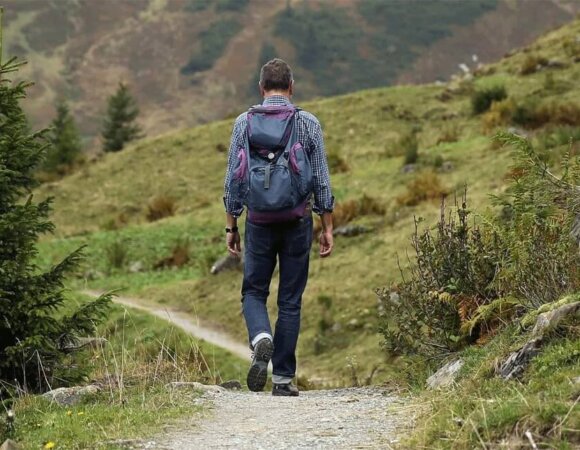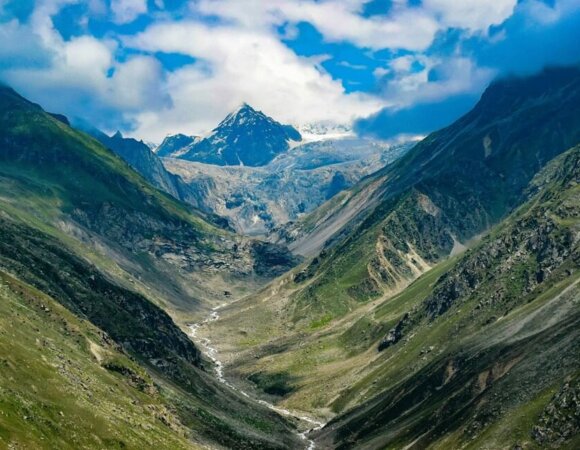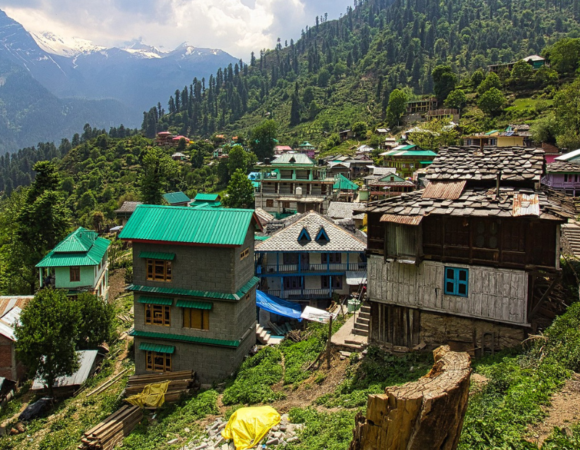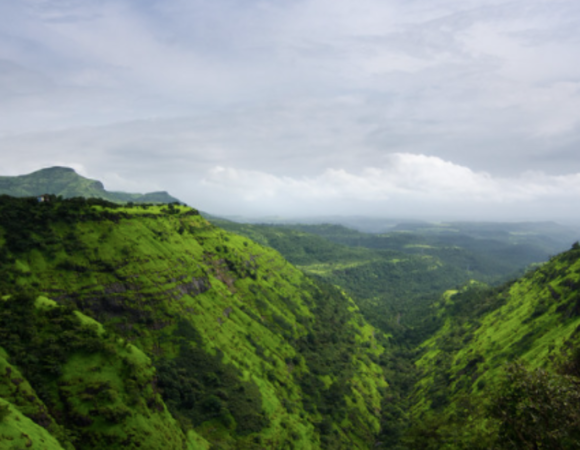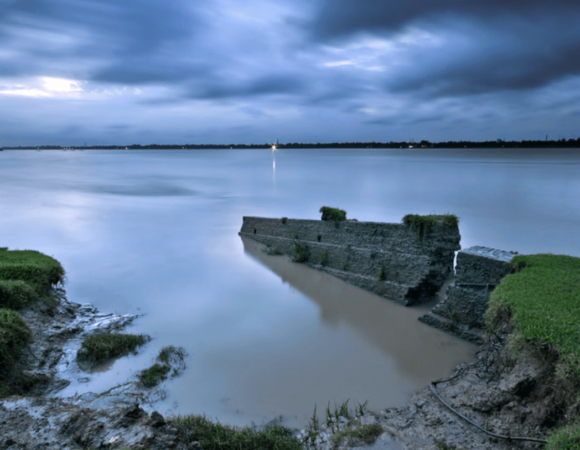Ueli Steck: The Swiss Machine – A Mountaineering Legend
In the world of alpine climbing, few names command as much respect and admiration as Ueli Steck. Nicknamed “The Swiss Machine” for his incredible speed, precision, and seemingly superhuman endurance, Steck redefined what was possible in high-altitude mountaineering. His innovative approaches to climbing, record-breaking ascents, and unwavering dedication to his craft made him one of the most influential mountaineers of his generation before his untimely death in 2017.
Table of Contents
ToggleEarly Life and Introduction to Climbing
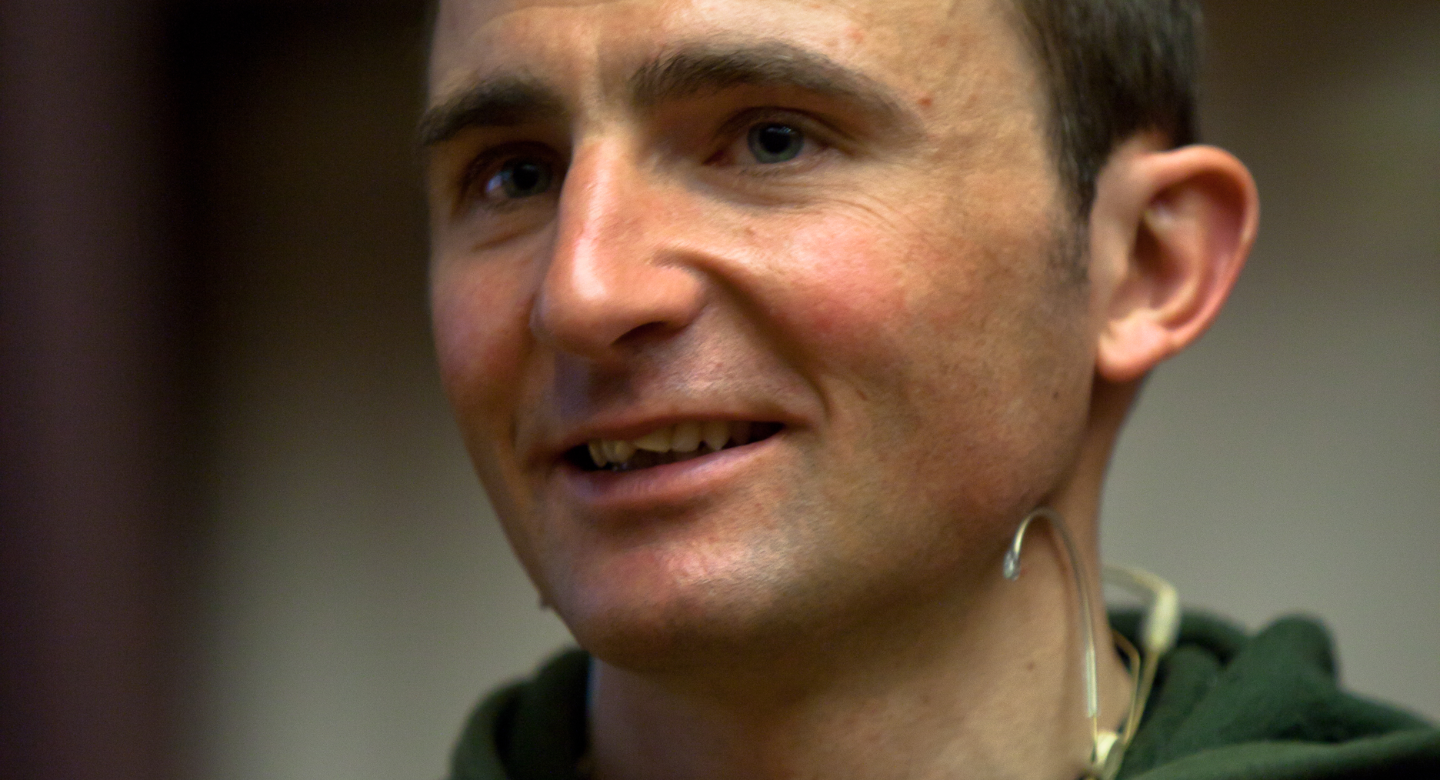
Born on October 4, 1976, in Langnau im Emmental, Switzerland, Ueli Steck grew up in the shadow of the Swiss Alps. He began climbing at age 12, and by 18, he had already ascended the north face of the Eiger, one of the most notorious climbs in the Alps. This early achievement foreshadowed the extraordinary career that would follow.
Unlike many professional athletes, Steck initially balanced his passion with practical concerns. He trained as a carpenter and worked in the trade for several years before committing to mountaineering full-time. This craftsmanship background may have contributed to his methodical approach to climbing challenges.
The Evolution of “The Swiss Machine”
What set Steck apart wasn’t just technical skill but also his approach to training and preparation. He applied a scientific methodology to mountaineering, incorporating structured training regimens including running, weightlifting, and endurance work. This systematic approach helped him develop the cardiovascular capacity and strength necessary for high-altitude speed climbing.
Steck’s training was legendary—he would often run up to 30,000 vertical feet per week. He viewed the mountains as a playground for pushing human limits rather than merely obstacles to conquer. This mindset transformation led to his signature achievements: speed ascents on routes that typically required days to complete.
Record-Breaking Achievements
Ueli Steck’s resume of climbing achievements is extraordinary:
Eiger North Face Speed Records
Steck’s relationship with the Eiger’s north face became something of a personal obsession. He first set a speed record in 2007, climbing the face in 3 hours and 54 minutes. In 2008, he shattered his own record with an astonishing time of 2 hours and 47 minutes. By 2015, he had reduced his time to an almost unbelievable 2 hours and 22 minutes.
Solo Annapurna South Face (2013)
Perhaps his most audacious accomplishment came in 2013 when Steck completed a solo ascent of Annapurna’s South Face—one of the most dangerous climbs in the Himalayas. He completed the climb in just 28 hours, a feat that earned him his second Piolet d’Or award (mountaineering’s highest honor). What made this achievement even more remarkable was that he completed it without supplemental oxygen and with minimal equipment.
The Trilogy Project (2015)
In 2015, Steck connected the north faces of the Eiger, Mönch, and Jungfrau mountains in a single push by climbing and traveling between them under his own power. He completed this ambitious project in just 16 hours—a demonstration of extraordinary endurance and Alpine proficiency.
Other Notable Climbs:
- First solo winter ascent of Shisha Pangma’s South Face (2011)
- Speed records on numerous Alpine classics including the Matterhorn North Face
- A 10.5-hour solo ascent of Mount Blanc’s Innominata Ridge
- Various new routes and first ascents across the Alps and Himalayas
Climbing Philosophy and Technique
Steck’s approach to climbing was characterized by:
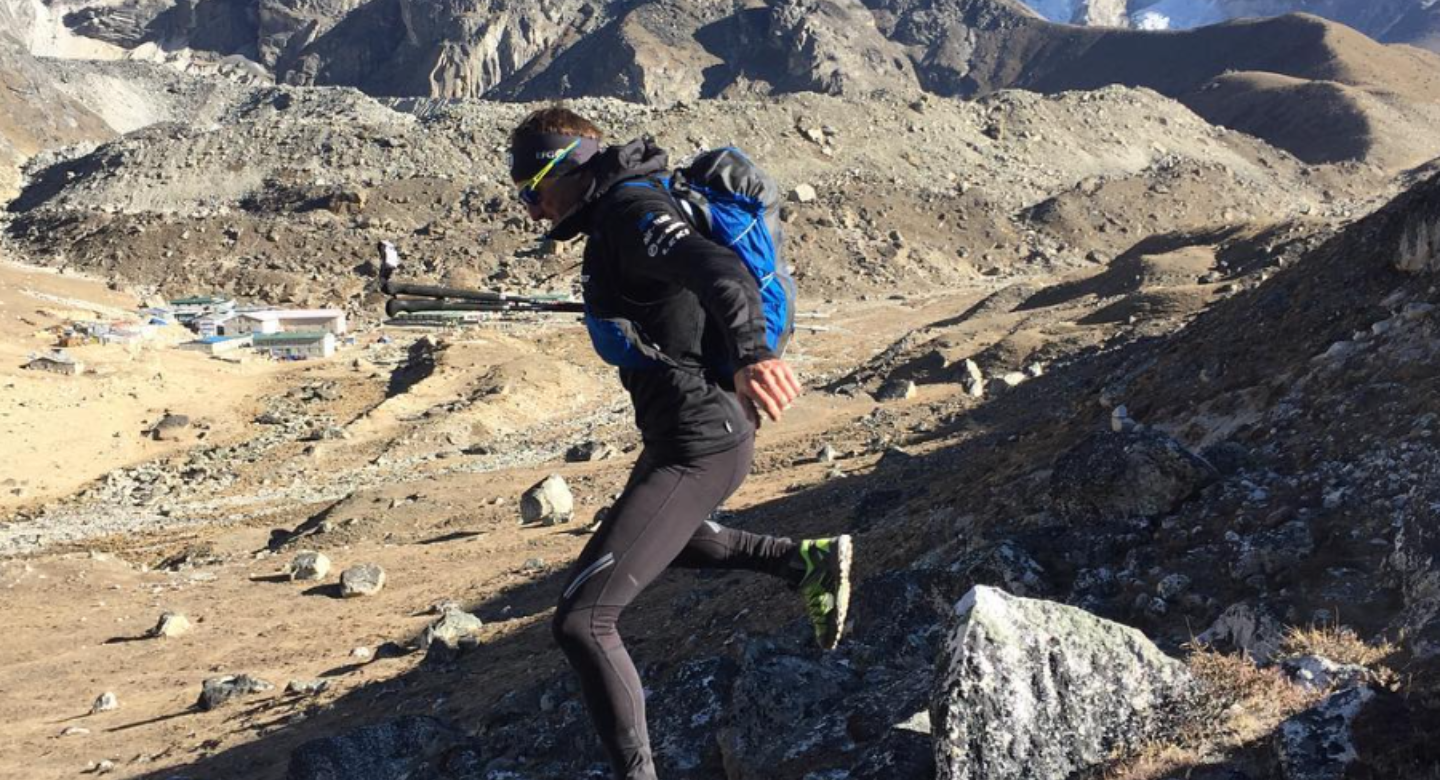
Alpine Style
He preferred climbing in “alpine style”—fast and light, carrying minimal equipment and avoiding fixed ropes or camps. This approach prioritizes speed and self-sufficiency over the expedition style used on many high-altitude climbs.
Solo Climbing
Many of Steck’s most impressive achievements were solo endeavors. He found a certain purity in facing the mountain alone, making all decisions independently and relying entirely on his own capabilities.
Minimalism
Steck was known for his minimalist approach to equipment. For his record-breaking Eiger climb, he carried only an ice axe, crampons, and a light jacket—no rope, no protection, and no margin for error.
Risk Management
Despite his seemingly reckless accomplishments, Steck was actually methodical about risk. He prepared extensively for every climb, studying routes in detail and training specifically for the challenges each mountain presented. He occasionally turned back from climbs when conditions weren’t optimal, showing a discipline not always associated with extreme alpinism.
Controversies and Challenges
Steck’s career wasn’t without controversy. His 2013 Annapurna climb generated debate because he lost his camera during the ascent, meaning there was no photographic proof of his summit. The mountaineering community largely accepted his accomplishment based on his reputation for honesty and GPS data, but some questions lingered.
In 2013, Steck was also involved in a highly publicized confrontation with Sherpas on Mount Everest. The altercation, which reportedly escalated to death threats, highlighted tensions between Western climbers and local Sherpas on commercial routes.
The Final Climb
Tragically, Ueli Steck’s remarkable life came to an end on April 30, 2017. While acclimatizing for an ambitious new project—climbing Everest and Lhotse without supplemental oxygen—he fell approximately 1,000 meters while solo climbing Nuptse, a peak adjacent to Everest. He was 40 years old.
At the time of his death, Steck was preparing for perhaps his most ambitious project yet: traversing the entire Everest-Lhotse ridgeline without supplemental oxygen, a challenge that remains uncompleted to this day.
Legacy and Influence
Ueli Steck’s influence on mountaineering has been profound and multifaceted:
Redefined Speed Climbing
He fundamentally changed perceptions about what was possible in terms of speed on technical mountain routes. His record times continue to inspire and challenge climbers today.
Training Innovation
Steck’s scientific approach to training for high-altitude performance has influenced how elite alpinists prepare for major objectives.
Documentation and Sharing
Through books, films, and lectures, Steck shared his experiences and philosophy, inspiring countless climbers and adventure enthusiasts worldwide.
Safety Awareness
Despite his extreme pursuits, Steck frequently discussed risk management and the importance of knowing when to turn back—a crucial message in a sport where summit fever can prove fatal.
Personal Life
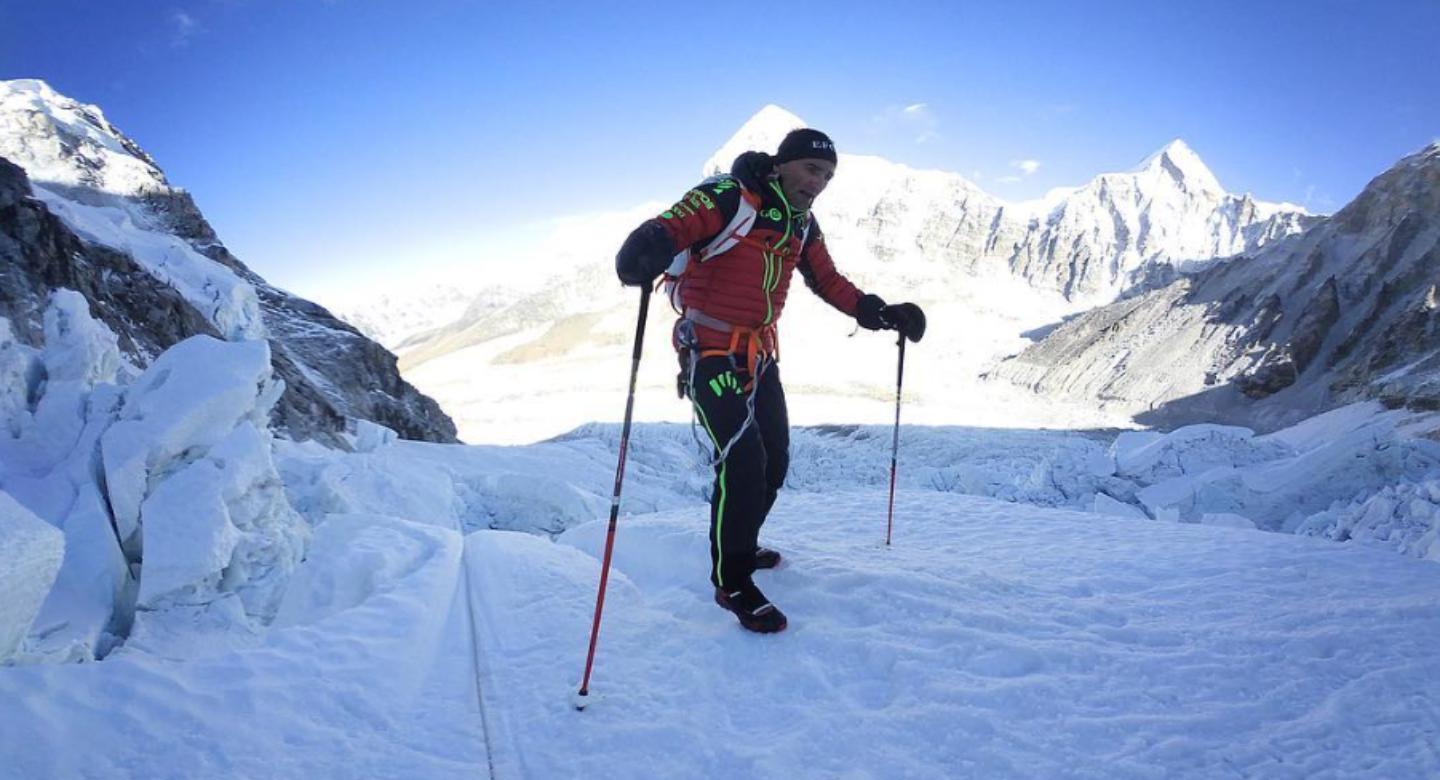
Behind “The Swiss Machine” was a thoughtful, introspective individual. Steck was married to Nicole Steck, who supported his climbing career while maintaining a life apart from the mountains. By many accounts, he was humble despite his achievements and generous with his time when sharing knowledge with fellow climbers.
In interviews, Steck often spoke about finding meaning through challenge rather than conquest. For him, climbing wasn’t about “conquering” mountains but about exploring his own capabilities and limitations.
Books and Media
Steck documented his experiences in several books, including:
- “Speed: Die drei großen Nordwände der Alpen in Rekordzeit” (2009)
- “8000+: Aufbruch in die Todeszone” (2012)
- “Der Nächste Schritt” (2016)
His climbs have also been featured in numerous documentaries, including “The Swiss Machine” (2010) produced by Sender Films.
Reflections on Risk and Reward
Steck was well aware of the dangers inherent in his chosen path. In interviews, he often reflected philosophically on the balance between risk and reward, acknowledging that his style of climbing carried significant dangers but provided experiences that gave his life meaning.
In his own words: “There is no secret… it’s all about your head. It’s about your mental attitude, how you see things, and that’s what makes the difference.” This perspective—that mental approach matters as much as physical capability—remains one of his most important lessons for climbers and non-climbers alike.
Final Thoughts Abouts Ueli Steck Mountaineering Journey
Ueli Steck’s legacy extends far beyond his records and first ascents. He embodied a relentless pursuit of excellence, a willingness to reimagine what was possible, and a thoughtful approach to extreme challenges. His story continues to inspire adventurers not just to push boundaries but to do so with preparation, respect for the mountains, and clarity about personal motivation.
The mountaineering world lost one of its brightest stars in 2017, but Steck’s influence continues to shape the sport as new generations of climbers build upon his innovations and carry forward his spirit of adventure and exploration.
While the mountains ultimately claimed his life, they also provided the stage upon which Ueli Steck demonstrated the extraordinary capabilities of the human spirit—a legacy that will endure as long as climbers look up at towering peaks and dream of moving fast and light through the world’s most challenging terrain.
Explore the Journeys of Other Great Climbers
Junko Tabei – The First Woman Mountaineer Climbed Everest
Sir Edmund Hillary: The Man Who Reached the Top of the World
Frequently Asked Questions (FAQs) About Ueli Steck
Why was Ueli Steck nicknamed “The Swiss Machine”?
Ueli Steck earned the nickname “The Swiss Machine” due to his incredible precision, efficiency, and almost mechanical consistency during climbs. His superhuman endurance, methodical training approach, and record-breaking speed ascents—particularly on the Eiger North Face—demonstrated machine-like performance that seemed beyond normal human capability.
What was Ueli Steck’s most famous achievement?
While opinions vary, his 2013 solo ascent of Annapurna’s South Face is widely considered his crowning achievement. He climbed this extremely dangerous 8,000m peak alone, without supplemental oxygen, in just 28 hours—an almost unfathomable feat that earned him his second Piolet d’Or (mountaineering’s highest honor).
How did Ueli Steck die?
Steck died on April 30, 2017, at age 40, while acclimatizing for an Everest-Lhotse traverse attempt. He was solo climbing on Nuptse (a peak near Everest) when he fell approximately 1,000 meters. He was discovered by other climbers at the base of the mountain. No one witnessed the exact circumstances of his fall.
What was unique about Steck’s climbing style?
Steck pioneered a minimalist, fast-and-light approach to alpine climbing. He often climbed solo, without ropes or extensive protection, carrying only essential equipment. His speed-climbing technique involved continuous movement with virtually no stops, allowing him to complete routes in hours that typically took other climbers days.
Did Ueli Steck use supplemental oxygen on high-altitude climbs?
No, Steck was committed to climbing without supplemental oxygen, even at extreme altitudes above 8,000 meters where oxygen levels are critically low. This purist approach made his high-altitude achievements even more remarkable.
What records did Ueli Steck set on the Eiger?
Steck progressively broke his own speed records on the Eiger’s North Face, culminating in his fastest time of 2 hours and 22 minutes in 2015. For perspective, this route typically takes skilled climbers 1-3 days to complete. He also completed a winter solo ascent of the Eiger’s Heckmair Route in just 3 hours and 54 minutes in 2008.
How did Steck train for his climbs?
Steck approached training with scientific precision, combining running (often scaling thousands of vertical feet weekly), endurance training, strength conditioning, and technical practice on rock and ice. He was known to run up to 30,000 vertical feet weekly and trained systematically for specific objectives, analyzing each route’s unique challenges.
What was the “Everest incident” involving Steck and Sherpas?
In April 2013, Steck, Simone Moro, and Jonathan Griffith were involved in a high-profile altercation with Sherpas on Mount Everest. The conflict reportedly began when the climbers crossed a line where Sherpas were fixing ropes, escalating into a confrontation where the climbers reportedly faced threats of violence. The incident highlighted tensions between commercial expeditions and independent climbers on busy Himalayan peaks.
What was Steck attempting when he died?
Steck was preparing for what he called his “Everest-Lhotse Traverse”—an ambitious project to climb both Mount Everest and Mount Lhotse (the fourth-highest mountain in the world) in a single push without supplemental oxygen. This traverse, crossing between two 8,000m peaks, remains one of alpinism’s great uncompleted challenges.
What was Ueli Steck’s legacy in mountaineering?
Steck transformed modern alpinism by redefining speed climbing standards and demonstrating what was humanly possible on the world’s most challenging routes. His scientific approach to training, minimalist climbing style, and mental resilience continue to influence elite climbers today. Beyond his technical achievements, his thoughtful perspectives on risk, personal growth through challenge, and finding meaning in the mountains continue to inspire both climbers and non-climbers alike.


